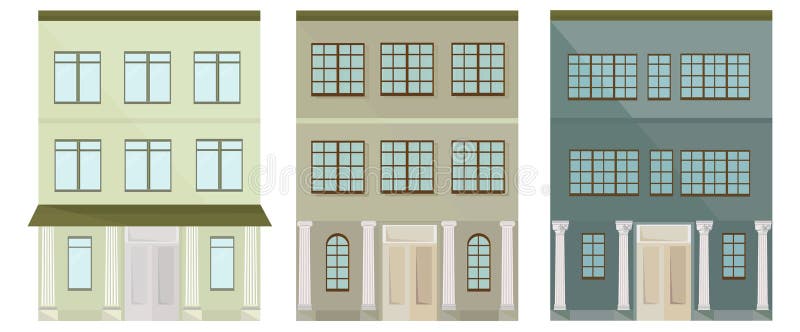

You specify both a lower and an upper limit. The level of detail command lets you specify how close to the facade the user must be for the object to be drawn. When there is no alpha channel in your image, set this to 0, as is the case for both our example facades. This is appropriate if you have transparent areas in your image (for instance, in a window). When this is set to 1, both the inside and the outside of the facade are drawn. Since both of our example facades are for buildings, we use the line: RING 1 When it is set to 0, it will be treated as an open loop, as is appropriate for fences. If this is set to 1, the facade will form a closed loop, as is appropriate for buildings. Setting the facade’s detailsįollowing the TEXTURE command(s) is the RING line. The TEXTURE_LIT line may be omitted, as it is in our examples. If you have a so-called “lit” texture (a texture to be used at night, when the building would be lit artificially), you can use the following command immediately after the TEXTURE line: TEXTURE_LIT ImageNameHere.png This is the recommended way to set up your folder, as it is the simplest way to do it. For instance, in this example (taken from our example hangar facade), the image is in the same folder as the. The image name should always have a path relative to the FacadeNameHere.fac file. Immediately following that is the line specifying the image resource to use. These lines tell X-Plane that it is indeed looking at a facade file. The first three lines of this text file should always be: A Note: Except where noted, each line in the text file must be present exactly once–it may not be either omitted or repeated. In our example facades, we called them basichangar.fac and basicbuilding.fac. Let’s get started writing this file.Ĭreate a new text document using your favorite text editor (e.g., Notepad, Emacs, Vi, etc.). The facade file itself is a text file containing information on the image and how it should be utilized in X-Plane. S and T coordinates illustrated in a rectangular image However, their dimensions in pixels must be a power of 2, as with all images used in X-Plane scenery.ĭownload the images for the tutorial here: Note that your image files may be either PNG, BMP, or DDS format. It will be difficult to set an image straight with any degree of realism if it was taken at an angle.

Be sure that any photos you want to use are taken facing the building straight on. In your own facades, you can either do the same (drawing from scratch in an image editor), or you can use photos of real buildings–for instance, the buildings actually present at the airport you’re working on. For the purpose of the tutorial, we have two very rudimentary facades that were drawn in Photoshop. To begin, we’ll need images to use with our facade.


 0 kommentar(er)
0 kommentar(er)
